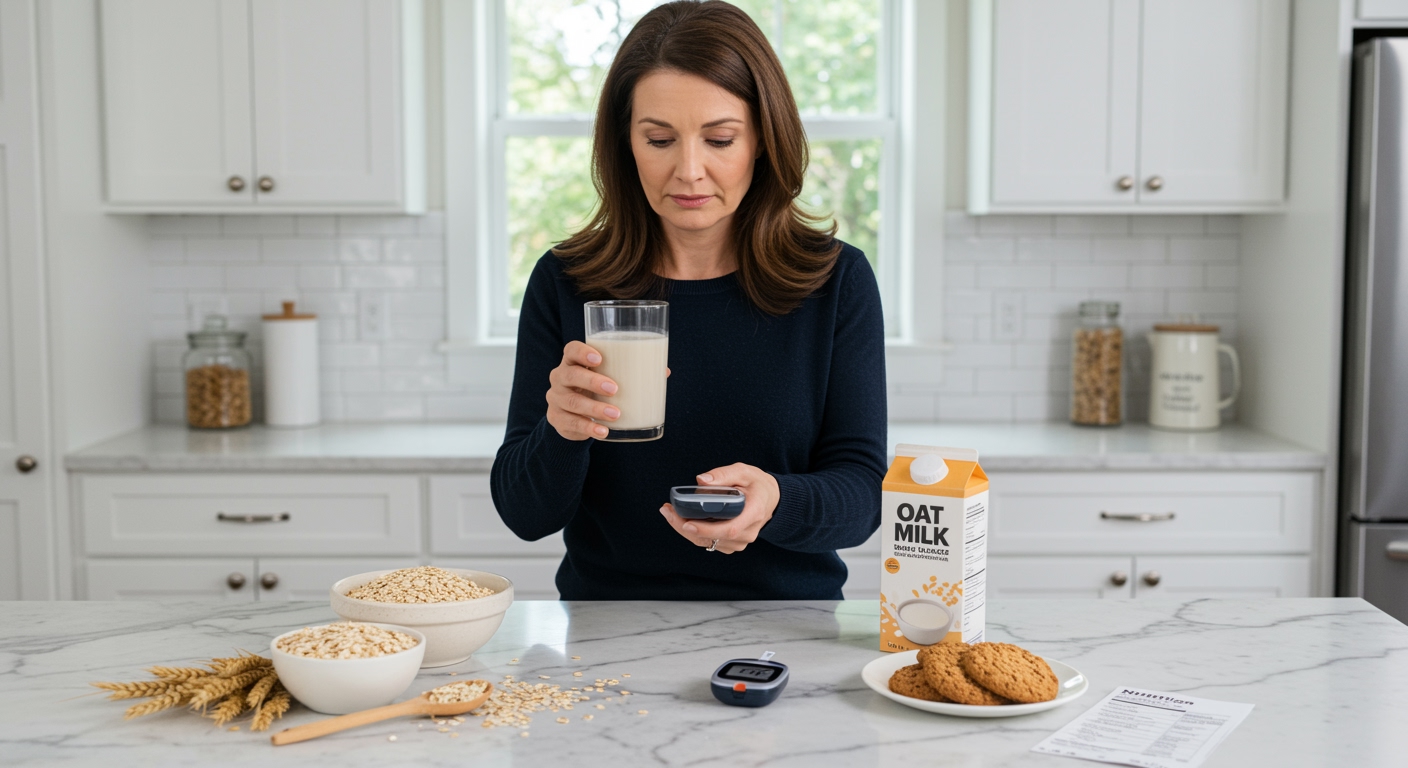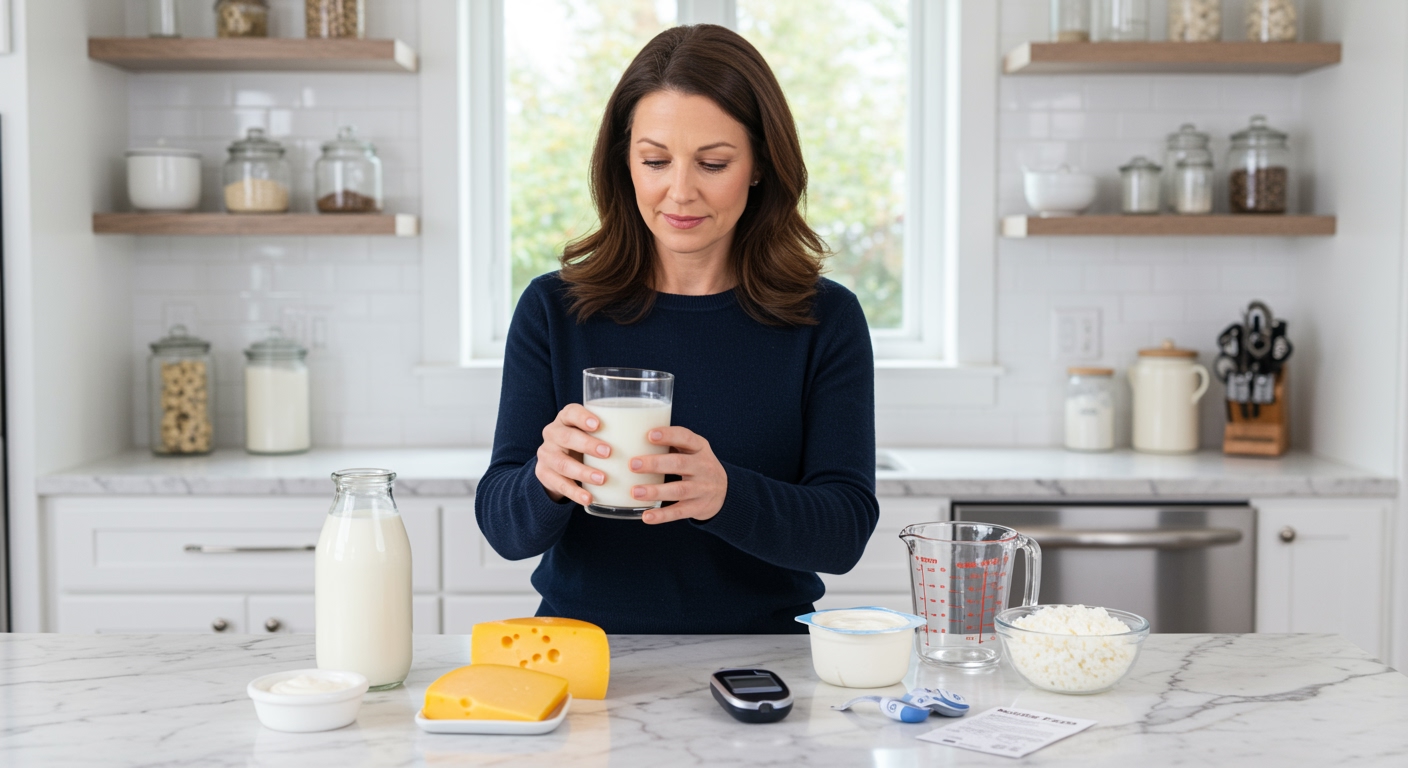✪ Key Takeaway: Salmon is excellent for diabetes because it has zero carbs, high protein, and omega-3 fats that improve insulin sensitivity.
Introduction
Your doctor just told you that you have diabetes, and now every food choice feels like walking through a minefield.
You might be wondering if salmon, that pink fish everyone calls healthy, is actually safe for your blood sugar levels.
Hi, I’m Abdur, your nutrition coach, and today I’m going to explain exactly why salmon can be one of your most powerful allies in managing diabetes.
Does Salmon Raise Blood Sugar Levels?
Salmon contains zero carbohydrates, which means it cannot directly raise your blood sugar levels.
When you eat salmon, your body breaks it down into amino acids and fatty acids, not glucose.
The glycemic index of salmon is essentially zero because it lacks the carbohydrates that trigger blood sugar spikes.
This makes salmon fundamentally different from foods like bread, rice, or pasta that can send your glucose levels soaring.
Research shows that protein-rich foods like salmon actually help stabilize blood sugar by slowing down the absorption of carbohydrates from other foods you eat in the same meal.
The high protein content in salmon triggers the release of hormones that help your body use glucose more effectively.
This means salmon not only avoids raising your blood sugar but can actually help prevent spikes from other foods.
✪ Fact: A 6-ounce salmon serving contains 40 grams of protein and zero grams of carbohydrates.
What Makes Salmon Special For Diabetics?
Salmon contains omega-3 fatty acids called EPA and DHA that directly improve how your cells respond to insulin.
These healthy fats help reduce inflammation in your body, which is crucial because chronic inflammation makes insulin resistance worse.
Studies show that people who eat fatty fish like salmon regularly have better insulin sensitivity compared to those who avoid fish.
The omega-3 fats in salmon also help protect your blood vessels from the damage that high blood sugar can cause over time.
Salmon provides complete protein, meaning it contains all the essential amino acids your body needs to maintain muscle mass.
Maintaining muscle mass is critical for diabetics because muscle tissue helps your body use glucose more efficiently.
The more muscle you have, the better your body becomes at clearing glucose from your bloodstream after meals.
✪ Pro Tip: Choose wild-caught salmon over farmed salmon for higher omega-3 content and fewer inflammatory compounds.
How Much Salmon Should Diabetics Eat?
The American Heart Association recommends eating two servings of fatty fish like salmon per week for optimal health benefits.
One serving equals about 3.5 ounces of cooked salmon, which is roughly the size of your palm.
For diabetics, you can safely eat salmon more frequently because it provides stable protein without affecting blood sugar.
Some people with diabetes eat salmon 3-4 times per week as part of their meal planning strategy.
The key is to prepare salmon using healthy cooking methods like baking, grilling, or poaching instead of frying.
Avoid breading or coating salmon with flour-based mixtures that add unnecessary carbohydrates to your meal.
Pair your salmon with non-starchy vegetables like broccoli, asparagus, or leafy greens for a complete diabetes-friendly meal.
✪ Note: Always check with your healthcare provider about the best meal plan for your specific diabetes management needs.
Are There Any Risks With Salmon For Diabetics?
Salmon is generally very safe for people with diabetes, but there are a few considerations to keep in mind.
Some salmon preparations contain added sugars or high-sodium marinades that could affect your blood pressure.
Always read ingredient labels on pre-seasoned salmon products to avoid hidden carbohydrates and excessive sodium.
Smoked salmon tends to be very high in sodium, which can be problematic if you also have high blood pressure alongside diabetes.
Fresh or frozen plain salmon without added ingredients is your safest choice for consistent blood sugar management.
If you take blood-thinning medications, talk to your doctor about eating large amounts of omega-3 rich fish like salmon.
The omega-3 fats can enhance the effects of blood thinners, though this is rarely a problem with normal food portions.
✪ Pro Tip: Season fresh salmon with herbs, lemon, and olive oil instead of store-bought marinades to control sodium and sugar intake.
The Bottom Line
Salmon is not just safe for diabetics – it’s one of the best foods you can choose for long-term blood sugar management and overall health.
The best foods for diabetes are those that work with your body, not against it, and salmon does exactly that.
I’d love to hear about your experience with salmon in your diabetes management plan, so please share your thoughts or questions in the comments below.
References
At NutritionCrown, we use quality and credible sources to ensure our content is accurate and trustworthy. Below are the sources referenced in creating this article:
- January AI: Salmon Glycemic Index
- PMC: Omega-3 Fatty Acids and Diabetes
- Cambridge Journal: Salmon Fish Protein and Glucose Response
- Klinio: Salmon and Diabetes





